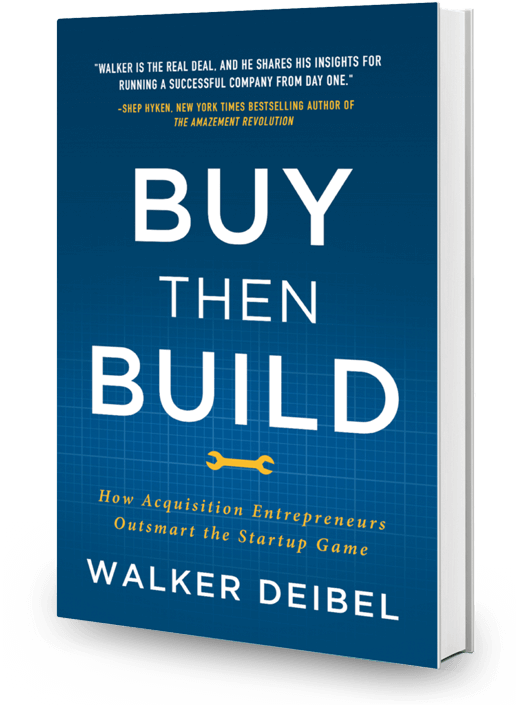Thoroughly checking the financial statement is at the top of your list when looking into a business to acquire. As such, knowing what to look for will be invaluable.
Your first consideration when deciding on a business purchase is whether it’s financially healthy. It’s worth knowing that a vast majority of companies that are below average in this regard don’t reach $1 million in revenues. That fact makes them a poor acquisition target, especially for first-timers.
Fortunately, there are several factors that indicate how healthy a business is, and you can easily find the relevant information in its financial statement. Their offering memorandum (OM) will contain the statement, so you should have a thorough look through it.
Checking a business’s financial statement should be relatively straightforward, although smaller companies may be less sophisticated most of the time all companies follow the same format.
If you need some practice before reviewing a company you’re interested in, you can go through the financial statements of publicly traded companies. These are available online and can serve as excellent practice pieces for the real deal.
Here are the essentials that you should look for when determining the health of a business you intend to buy.
From The Balance Sheet
The balance sheet provides insight into a business’s financial position, including equity, assets, and liabilities. Keep in mind that the information in the balance sheet pertains to a specific period.
When looking at the report, you’ll find that it’s divided into two sides – company assets on one side and liabilities and equity on the other.
This report gets its name because both sides must balance out, i.e., the total assets should equal the sum of liabilities and equity.
1. Assets and Liabilities
You’ll find these to be among the crucial categories that describe the company’s health.
Assets include whatever the company owns and can be current or fixed.
Current assets are those that a business can convert into cash relatively quickly. Cash, inventory, and accounts receivable count as current assets. This category can tell you if the company has the means to stay afloat without having to borrow funds.
Fixed assets describe equipment, tools, and all other physical items of financial value. These assets can’t be readily converted into cash, and their purpose is long-term use.
Assets can also be tangible or intangible, and their definition is rather comprehensible.
Tangible assets are physical and include objects such as vehicles and equipment. By contrast, intangible assets have value but aren’t physical. These might include intellectual property, copyright, and similar resources.
When it comes to liabilities, they represent all obligations that a company must fulfill, whether that means repaying money or providing goods or services.
Liabilities can be current or non-current, with the current sort being due within the present year and the non-current more long-term.


